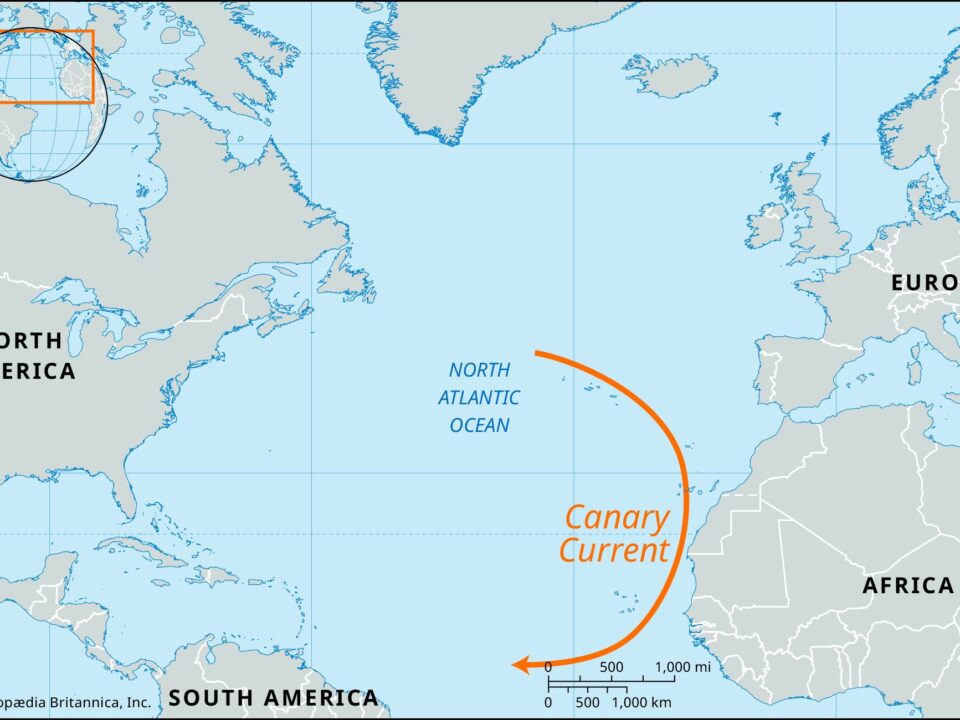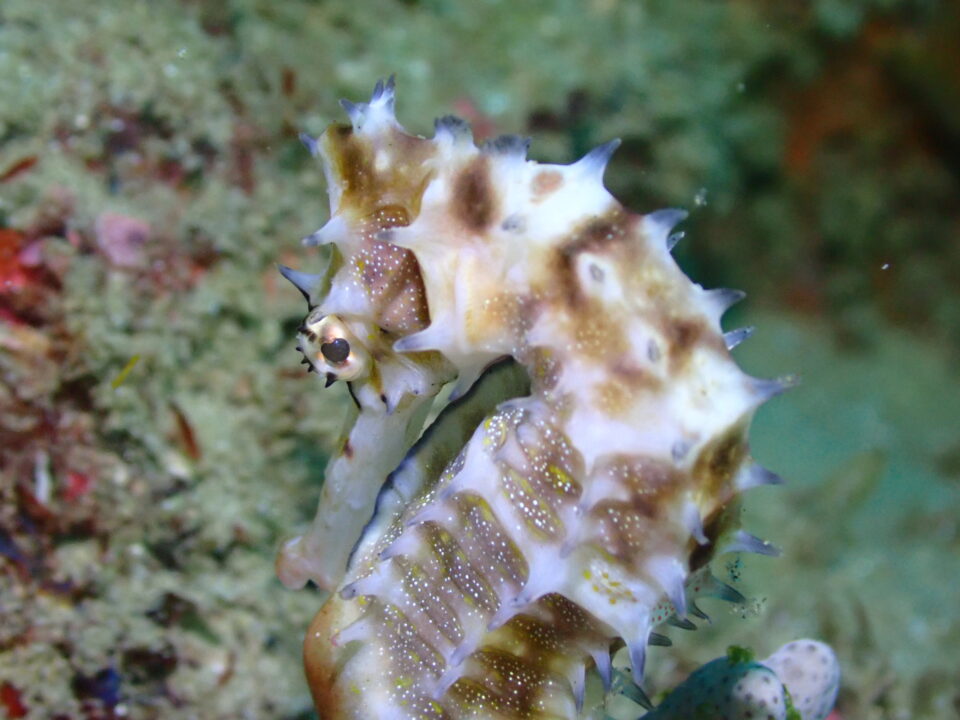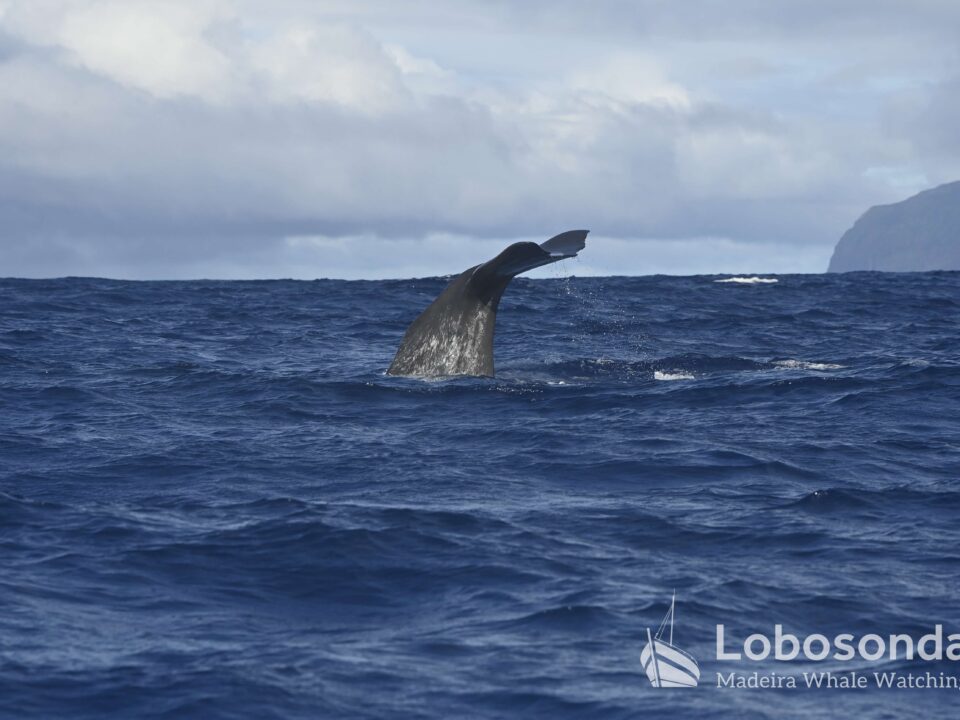
23.12.2021 – Cetacean connections
December 28, 2021
27.12.2021 – Wonderful energies
January 1, 2022We have to take our lovely old fishing vessel, the Ribeira Brava, over to Funchal for her to get refuelled. This takes around two and a half hours one way and is a nice boat drive along Madeiras beautiful South coast.
On the way out of our marina to the East first, Arco da Calheta and Madalena do Mar are passed – lots of banana plantations, some houses along the street and a long gravel beach. Next is Ponta do Sol with the bridge onto the rocky outcrops in the sea before going along the destroyed and abandoned marina of Lugar de Baixo. It´s nice to look into the valley of Ribeira Brava from the ocean and neither impressive to pass by under the massive cliffs of Cabo Girão.
All the way, there have been flying fish (Exocoetidae) coming out of the clear waters, gliding away from our boat. But off Câmara de Lobos there has been something else in the water. It was a marine mammal, no whale or dolphin – there was a Mediterranean monk seals (Monachus monachus) relaxing on the surface enjoying the morning sun.
Those fascinating ocean dwellers can grow up to 2,5 m in length. They lived on Madeira long before the first humans arrived to the island in the 15th century. The early navigators found plenty of the seals on the beach of a small bay and therefore called the place “Câmara de Lobos”. This can be translated as “bed of the (sea) wolves”. The name remained but the seals are gone.
With less than 500 individuals left, the Mediterranean monk seals are among the most critically endangered mammals on earth. The local population on the Madeira archipelago comprised less than 10 animals in the 1980s but fortunately grew within the last decades to around 40 seals. This is the result of intense and strict protection of the remaining colony on the Desertas Islands in the South off Madeira. Hopefully, this trend will continue and we will see the rare monk seals more often during our excursions out on the ocean in the future!
by Jan-Christopher Fische







